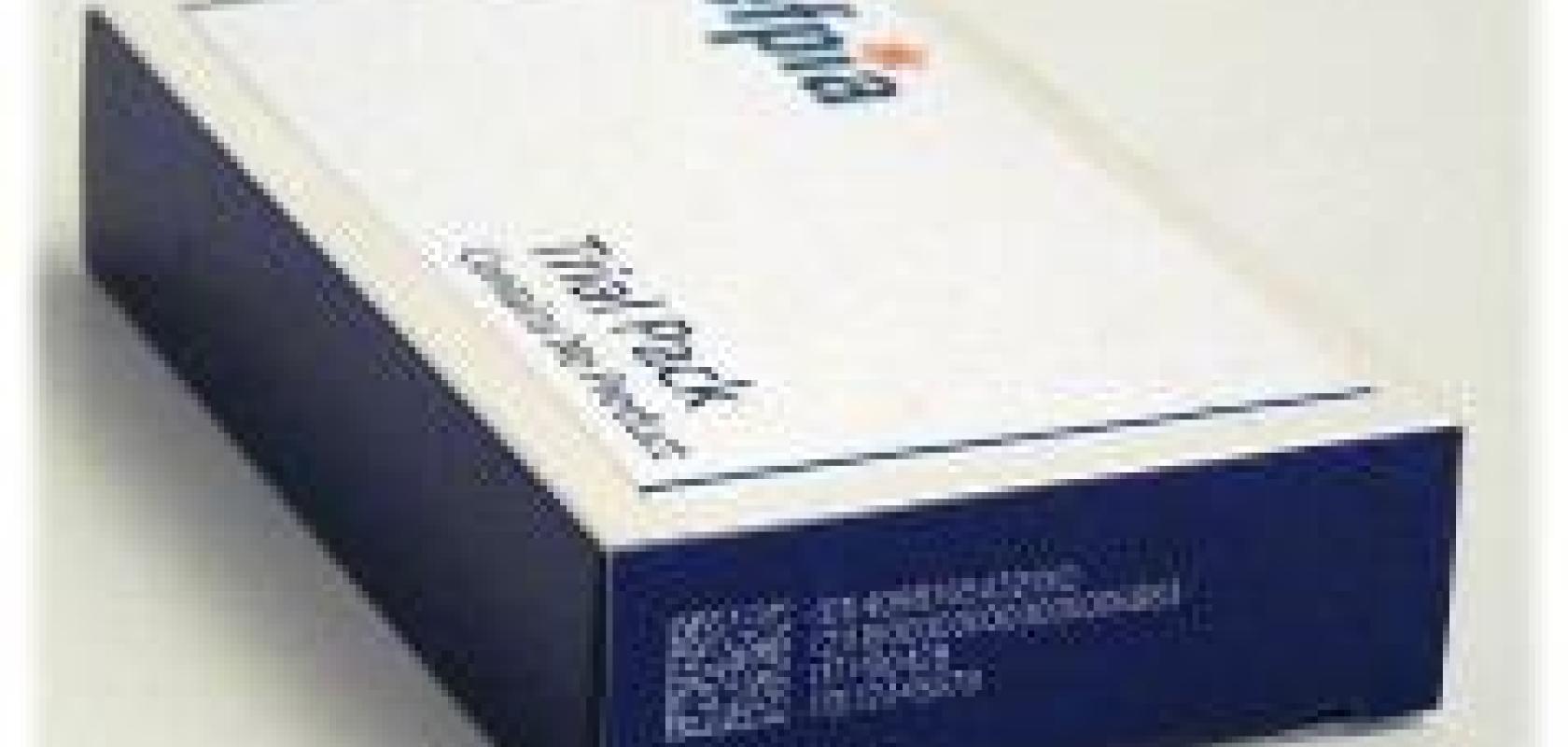Machine vision lies at the heart of pharma companies' efforts to comply with the 2011 EU Falsified Medicines Directive, says Ian Haynes, an associate of 3C Integrity, which provides serialisation solutions for the pharmaceutical industry. And, he says, time is short to build the manufacturing capabilities required and meet the 2017 deadline
Faced with the substantial and growing threat of falsified medicines penetrating the European pharmaceutical supply chain, the adoption of the 2011 EU Falsified Medicines Directive (FMD) is an important step in protecting patients. The directive defines measures to increase the reliability of the medicinal supply chain and requires manufacturers to apply safety features to verify the authenticity and identity of individual packs of medication. Mandatory compliance to FMD is expected in 2017.
A Delegated Act, anticipated in 2014, will define the characteristics and specifications of the unique pack identifier along with other details. However, a European Consultation carried out late in 2011 shows strong preference for the adoption of a 2D barcode as the data carrier of choice. Manufacturers are now faced with the challenge of building the capability to create serialised packs, and based on the experience of early adopters, time is short!
While the complete response to the emerging requirements is complex impacting many aspects of the business, machine vision as part of the capability to print and read/verify codes reliably and consistently on-line is fundamental, and lies at the heart of the solution.
The European Stakeholder Model (ESM) promoted by EFPIA (European Federation of Pharmaceutical Industries and Associations) gives one view of how the regulations may impact packaging: a 2D data matrix code is printed on the packs carrying four key data elements (manufacturer product code, randomised unique serial number, expiry date, and batch number) that are also represented in human readable text.
The presence of batch-variable data dictates that this information must be printed on- or near-line during manufacture, so the machine vision equipment will be implemented as a part of a coding system. It is vital that a systems approach is taken to the design of this capability taking into account the printer, the ink (if not a laser printer), the substrate, and the pack mechanical handling arrangements. On-line variable data printing with some form of verification capability is common, but adding a unique random serial number to each pack significantly increases the quantity of data printed, with key data elements duplicated in human readable form. The presence of the dynamic serial number drives manufacturers to use high quality digitally addressable printing systems – laser or thermal ink jet – and a complementary upgrading in machine vision systems must also be implemented. The days of hot foil coding and ‘blob detectors’ are gone forever.
Coding at the level of the dispensed item (the secondary pack or carton for most pharmaceutical products in Europe) is mandatory. However, depending on the approach taken by the manufacturer and emerging market requirements, coding at higher or aggregated levels of packaging may also be required, i.e. the case or pallet.
A key consideration for manufacturers is what level of printed code verification they will implement – it is anticipated that a quality risk management (QMR) review will tackle this – however the practice emerging among early adopters shows them utilising a wide range of vision tools to read the human readable and encoded data and to check that these are consistent with each other. Variation in the way that expiry dates, for example, are presented within the 2D data matrix and the human readable formats typically require math tools and, where possible, simpler tools are utilised to verify static elements of coding such as prefixes and other symbology. Markets that have already brought in 2D coding requirements ahead of the EU-FMD have also specified minimum acceptable standards for 2D data matrix quality, highlighting the importance of the availability of vision tools able to provide code grading to ISO standards.
The emergence of these more complex and demanding requirements impacts the complexity and hence duration of line changeovers. This is at the same time that pressure on manufacturing to increase effectiveness through implementing lean processes is increasing the number of changeovers in an effort to reduce inventory. Line configuration systems offer a solution to this – as well as reducing changeover times they will also reduce variable data errors which are often cited as the largest rework and recall causer. The ability to integrate the machine vision system with the line configuration system is important.
The best-in-class solutions being developed at the moment incorporate the machine vision configuration with the printer configuration through a single operator interface. When this is combined with sophisticated recipe systems it allows pre-configured recipes to be served around the enterprise and becomes a key factor in avoiding the potential negative operational impact of the emerging serialisation requirements. Such systems also significantly simplify the task for the line operator who, of course, is critical for the overall running of the process.
The ability to meet the requirements of FMD is critical in order to stay in compliance and indeed in business. Upgrading machine vision systems to meet these requirements is an essential step in the process.
--
Ian Haynes is CEO of 3C Innovation and an associate of 3C Integrity, which specialises in the design and implementation of product security, coding and serialisation solutions in the pharmaceutical industry. The article was written with support from Christoph Krähenbühl, managing director of 3C Integrity, and Stefan Grgic, business area manager at FractureCode, a provider of track-and-trace solutions.


